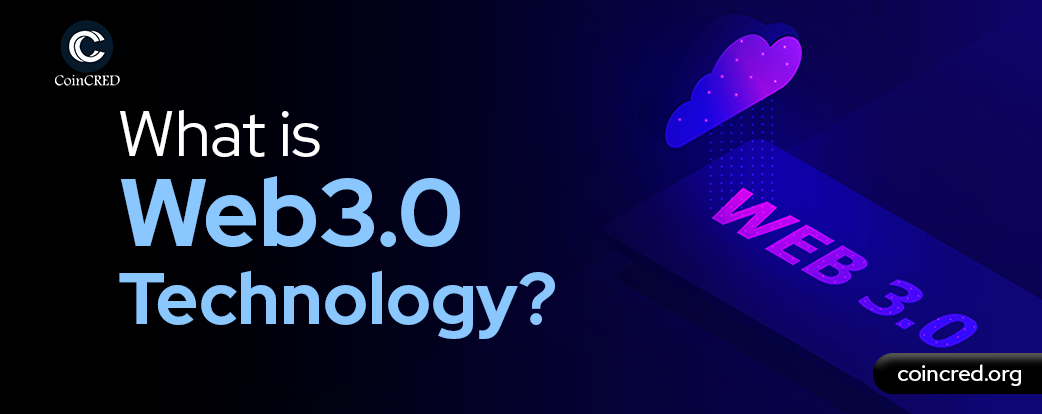What is Web3.0 Technology and Its Advantages?
 Introduction
Introduction
What is Web3
What is Web 1.0
Web2.0
It is a decentralized and open web-based on the technology of blockchain. The basic idea behind Web3 is to create a decentralized version of the Internet by removing the dominance of centralized power of Web2.0 big platforms like Amazon and Facebook. This was possible with cryptocurrency wallets like Metamask, Trust Wallet, or Venly where users store keys of all data and their identities. It may engage other blockchain apps in the way and control the accessibility of data.
What technology supports Web3?
Blockchain technology is been supported by Web3 but it has other two domains as well. Blockchain: a blockchain is a digitally distributed, decentralized ledger that exists across a computer network that facilitates the recording of transactions. The new data are added to the network and a new block is created which is permanently appended to the blockchain technology.
In a nutshell, Web3 is a cryptocurrency expansion that uses blockchain for new purposes. The conditions of a self-executing contract, the number of tokens in a wallet, or the code for a decentralized application (dApp) can all be stored on a blockchain. Although businesses like Microsoft, Overstock, and PayPal have long accepted cryptocurrencies, NFTs, which have become quite popular recently, are the main method that brands are currently experimenting with Web3.
Impact of Web3.0
First, social media:
Social media plays an extremely important role in our daily lives. It can completely change the way we connect, communicate, and build communities. Web3.0 social media has several advantages that enhance user experiences and interactions. It is feasible to apply the gamification feature and features like decentralized control, data ownership, and enhanced privacy by working with Web3 gaming development services providers.
Exchange Service for Currencies
In the context of money exchange, centralization is ineffective. The story of the Mt Gox hack, in which $460 million worth of bitcoins were compromised, serves as an illustration of failure. Decentralized exchange is the answer to exchanges turning become havens for hackers. Decentralized exchanges will become more and more popular in Web3.0 because they offer a smooth user experience for trading without having to worry about hacker-related or opaque difficulties.
Data Storage
The majority of data storage systems available today are centralized, which allows for the manipulation or sale of data for commercial purposes. something that has already been exploited by companies like Uber and LinkedIn.
The decentralized storage feature that Web3.0 offers is the answer to this. The concept is that instead of being stored on a single node, the files and data are instead shared across numerous nodes over a peer-to-peer network after being encrypted. Conclusion
Web3 represents a fundamental change in the way we engage with the digital world, not merely a gimmick in technology. It is a shift toward an internet that is more user-centric, decentralized, and empowered, giving people and communities more control over their data, funds, and online experiences.












